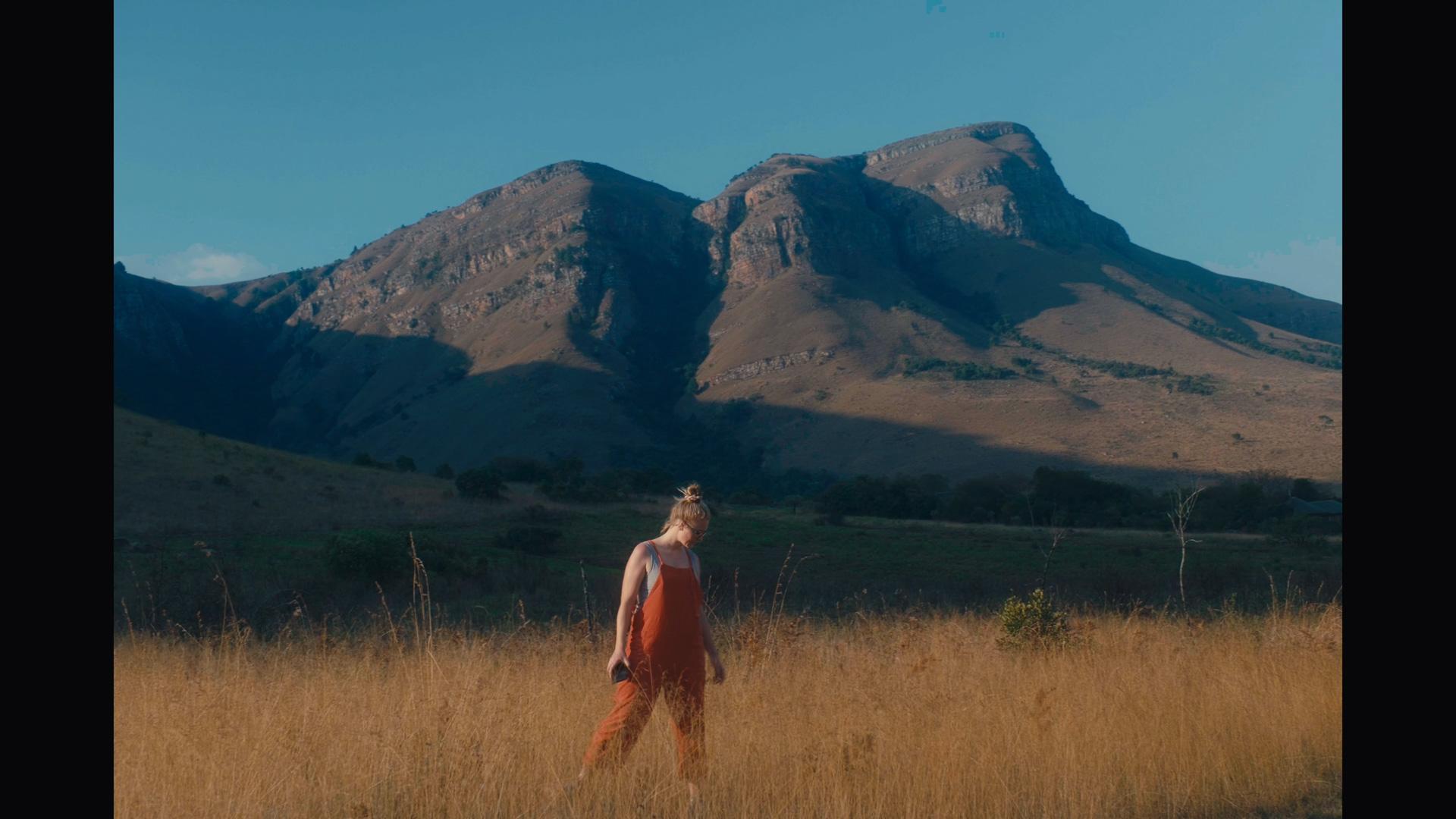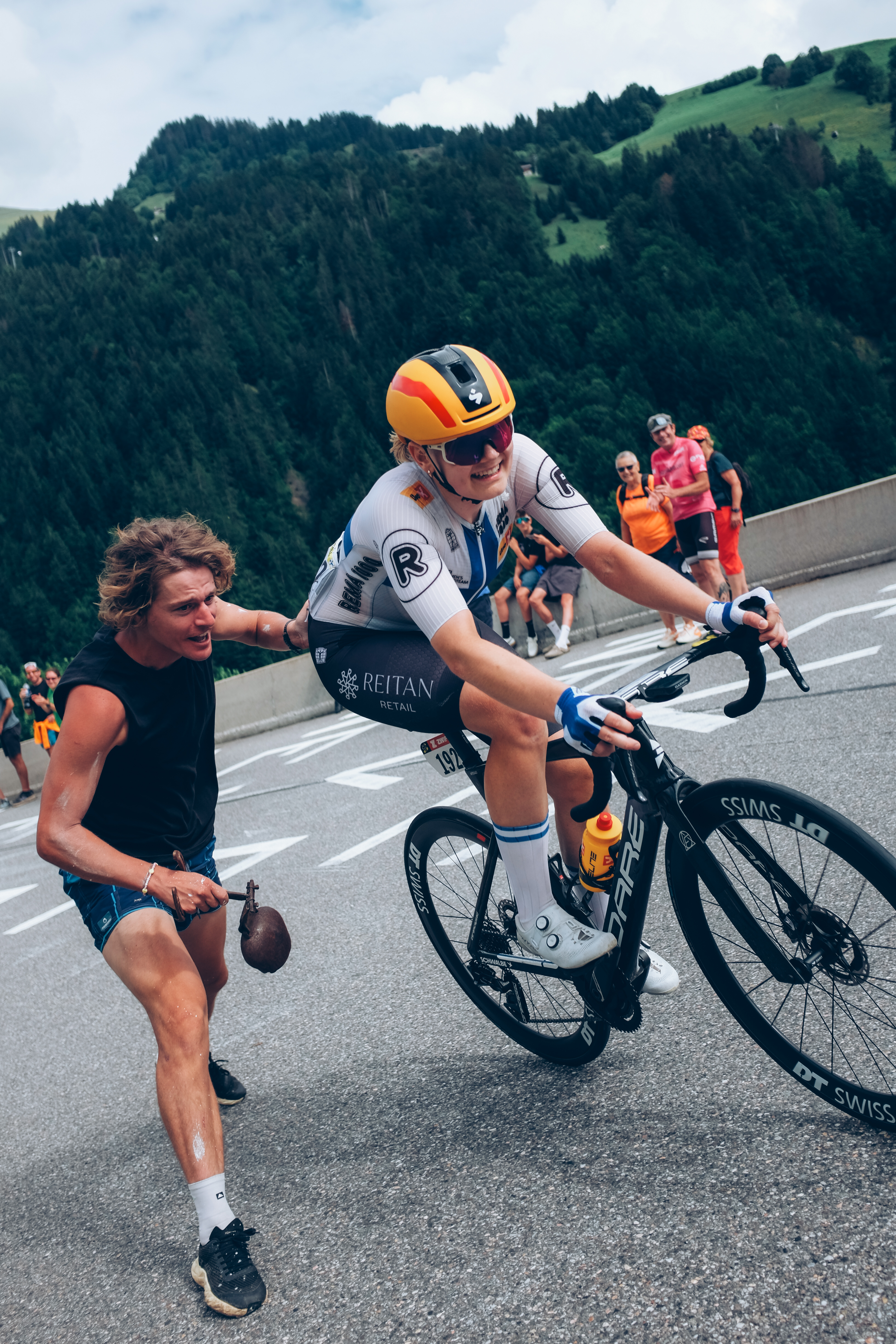USER EXPERIENCE: Alex Shapiro on the X-H2S
Videographer Alex Shapiro, who we featured on Take Ten, took the Fujifilm X-H2S on a 22-day shoot to film a mountain biking documentary. We caught up with a tired but oh-so-satisfied Alex to chat about videography with the camera.
What was your most liked feature on the X-H2S?
Personally, the most important feature of this camera is versatility and ease. What I mean by this is, I know what I will get from the image.
In my role as cinematographer, my job is to not only capture beautiful images that benefit the story but to have a camera that can acquire the most amount of data and flexibility for the postproduction process. This includes knowing when to over or underexpose, and just generally read the IRE meters to render the most data. The catch is to do so with the smallest data file possible to save space in certain cases such as a documentary.
Fujifilm let me use the X-H2S on a documentary following an endurance athlete on a mountain bike trip. Due to the timelines and no access to basics like consistent electricity, I needed a camera that could capture an incredible Rec. 709 image from the get-go.
Here are some frame grabs that are Rec. 709 with a slight saturation increase.
I also needed a camera that as much as I wanted RAW recording, has IBIS that works well and autofocus I can trust. The X-H2S has all three. Also, I kept all data acquisition or recordings internal so using the All-Intra Codecs, LongGop and ProRes recordings.
In the video link below I have footage at data rates from 200 Mbps up to 380 Mbps ProRes and other compressions to suit what we had to record.
For versatility, because the camera can break down into a small system, I can carry it through places that are hard to access. My normal rig was rather beefy, but I could run this rig for two full 18-hour days without hassle. On the documentary, I ran some burly areas with this.
Another thing with versatility is F-Log 2. With a lower ISO of 1250 and a native ISO of 2500 ISO, the amount of dynamic range is insane. I was also able to shoot-low light scenes at 6400 ISO. With noise reduction in certain NLE’s/editing software it cleans up beautifully and gives an incredible film feel.
And the best part, if you see something rad, you just film in 6k OpenGate and you can steal a frame grab as your still. Or simply just switch over to stills chop, chop and take a beautiful still.
Overall, this camera combined with the RAW recording and four-channel audio input with the Tascam adaptor is truly such a rad combo for someone looking at taking their profession seriously.
Yes, there may be other brands that do other things, but from my experience you want a sensor that does an epic job and the ability to adapt lenses that aid in rendering a fantastic image.
The X-H2S for me ticks all the boxes I need for its price-point. My next video specific camera after this would be a camera in the R300 000 bracket. That’s how confident I am on this new line.
What can you tell us about the X-H2S’s autofocus and autofocus tracking? Did you use subject detection at all?
Right, so autofocus. If Fujifilm’s autofocus was ever an issue, it is no longer. There are such massive improvements, the subject tracking is insanely accurate. I used it on some wildlife photos and it was mind-blowing. I even had to set the camera to stop tracking so well so I could get artsy, ha-ha.
For the documentary, I set it to eye-tracking and simply forgot about it – no hassle. Best part was, I set it to bicycle tracking and it would never drop focus. It holds up with the top brands that are known for their autofocus.
I manual focus more than I should, but moving back to my X-T3’s, it’s been hard readapting to not just being able to have the manual/autofocus option. Which, might I add, is the best thing ever for a filmmaker. Being able to switch between auto and manual focus by just turning the focus ring gives you full control and confidence.
What surprised you most about the X-H2S?
Autofocus and F-Log 2, they feel like cheating. And the colour rendition – Fujifilm already has amazing Log to Rec.709, but with F-Log 2 there are very few cameras that can touch it. And it’s only 10-bit internal. Cannot wait to try the 12-bit raw codec – that’s truly going to be magic.
What are your thoughts on image quality?
For photos, absolutely amazing. For wildlife photography, it’s a blessing. For video, incredible. The jpegs are incredible and the RAW photo files just work so-so well.
I am sure you’re sick of reading me rave about it. But really, as a professional system the X-H2S is worth every cent.
Find more of Alex’s content here: www.someshap.com and www.instagram.com/someshap.




















